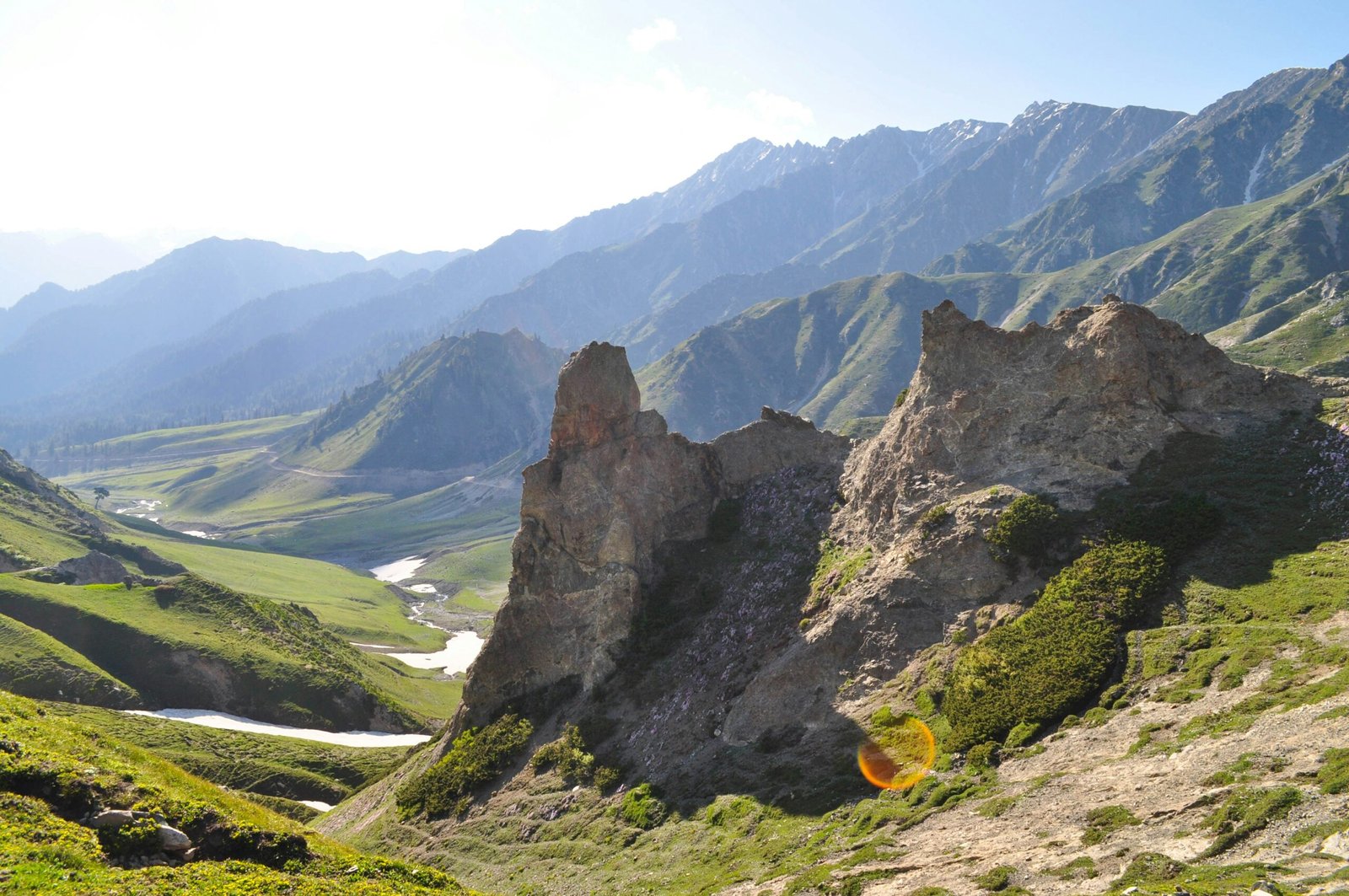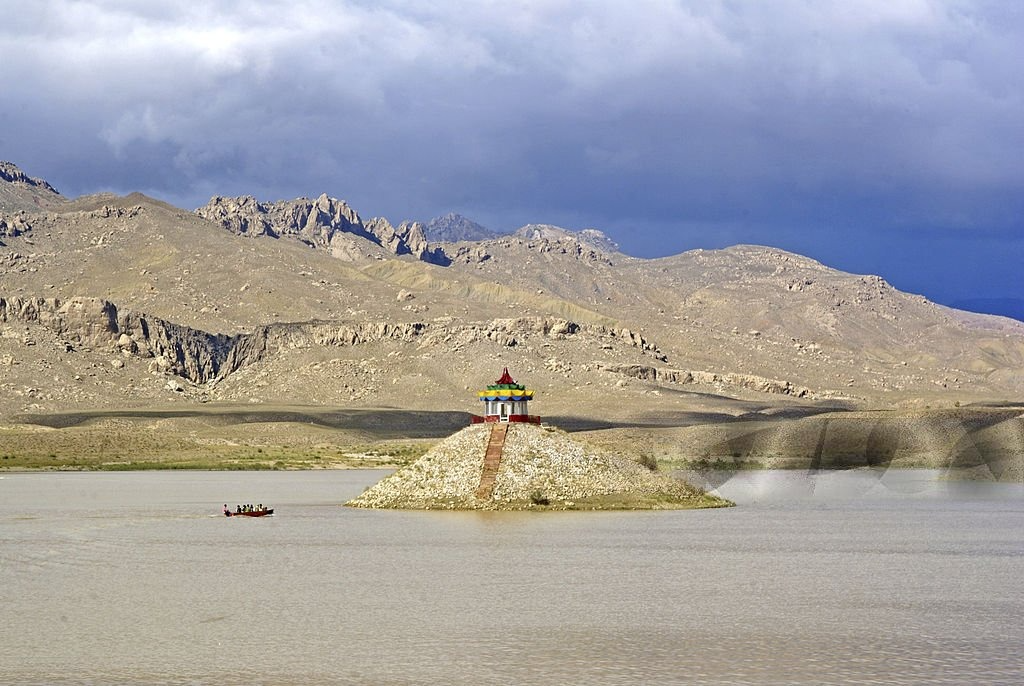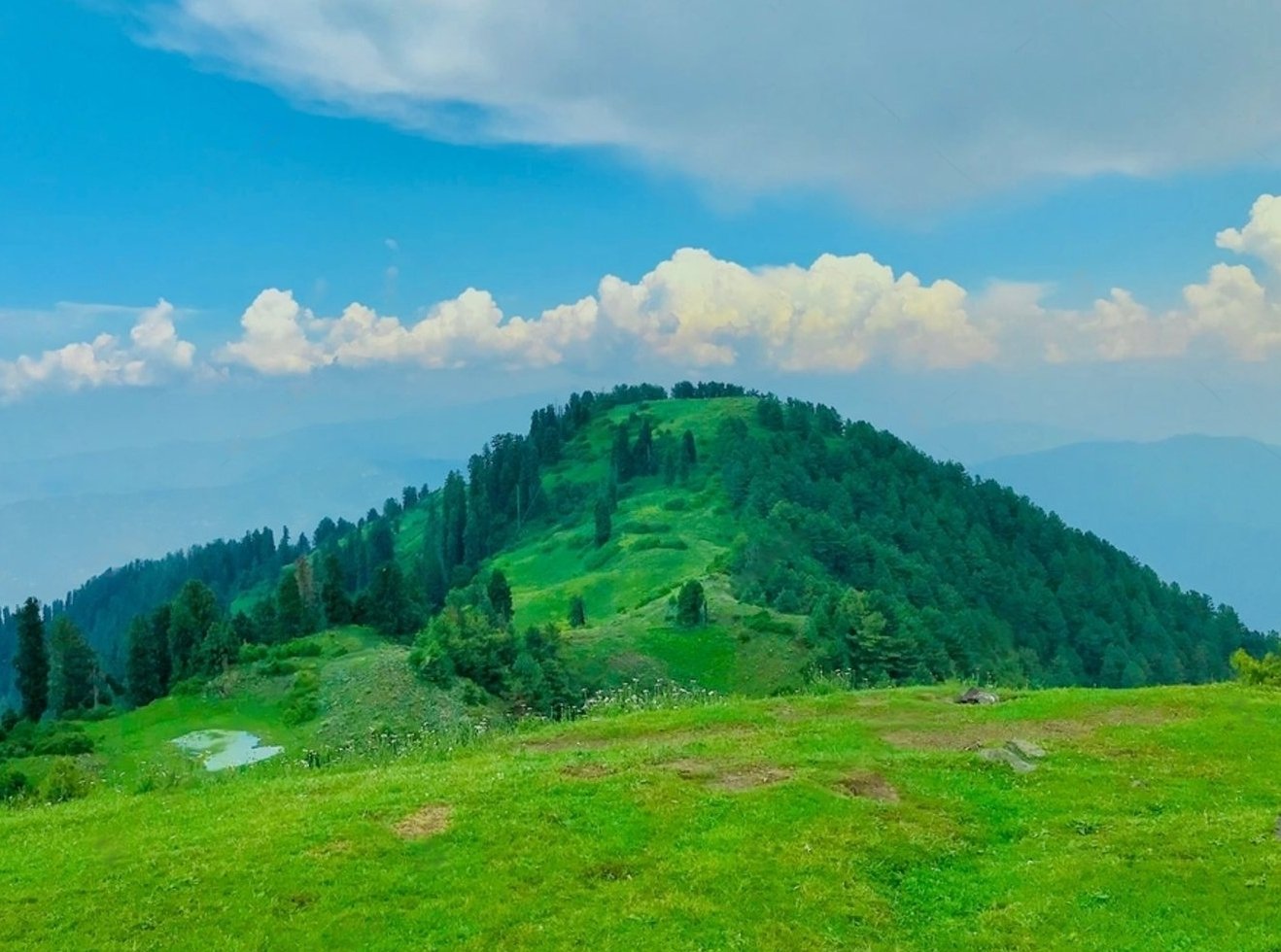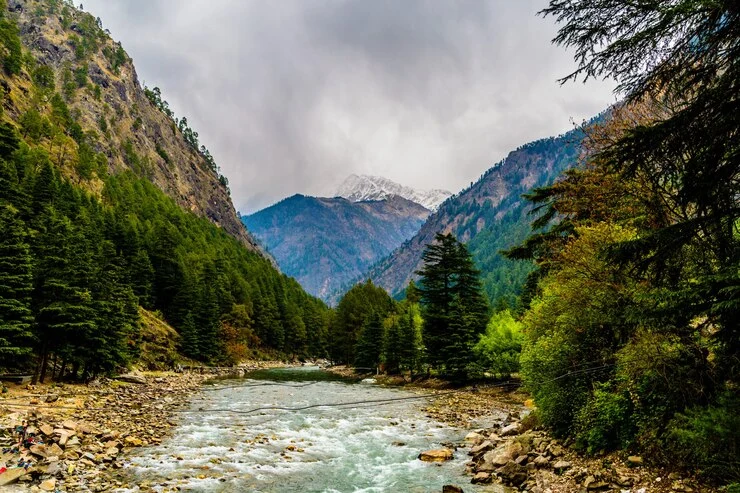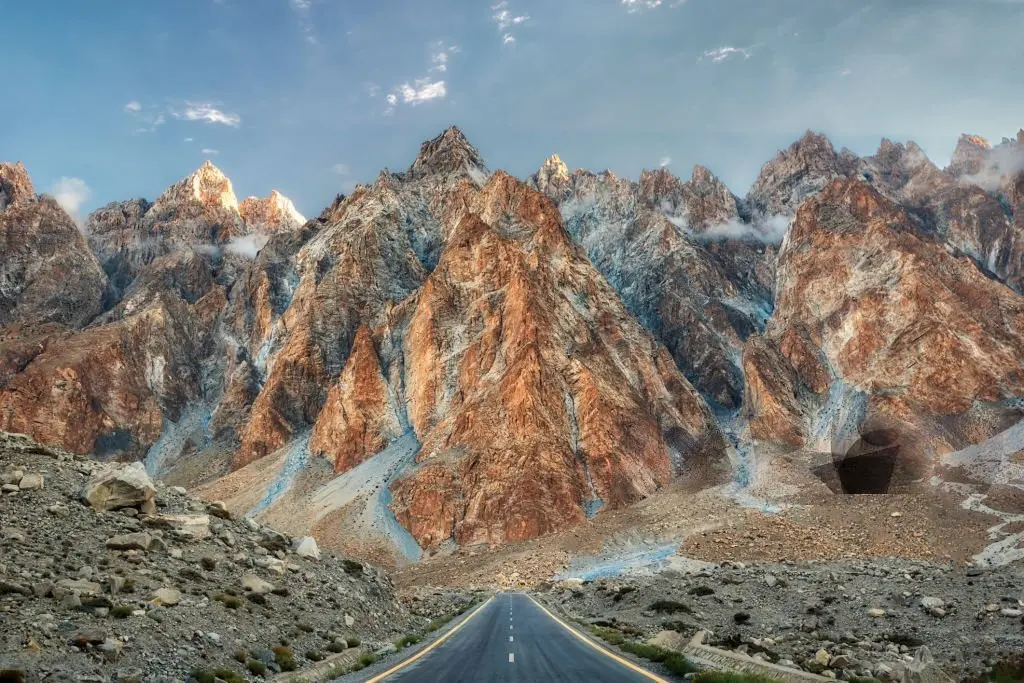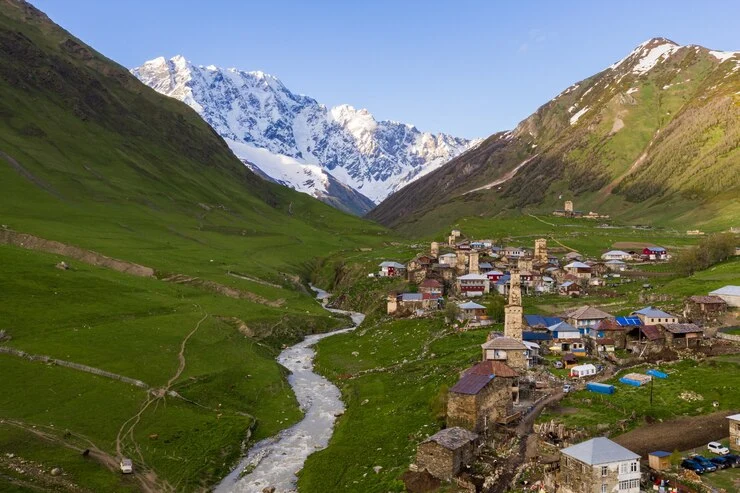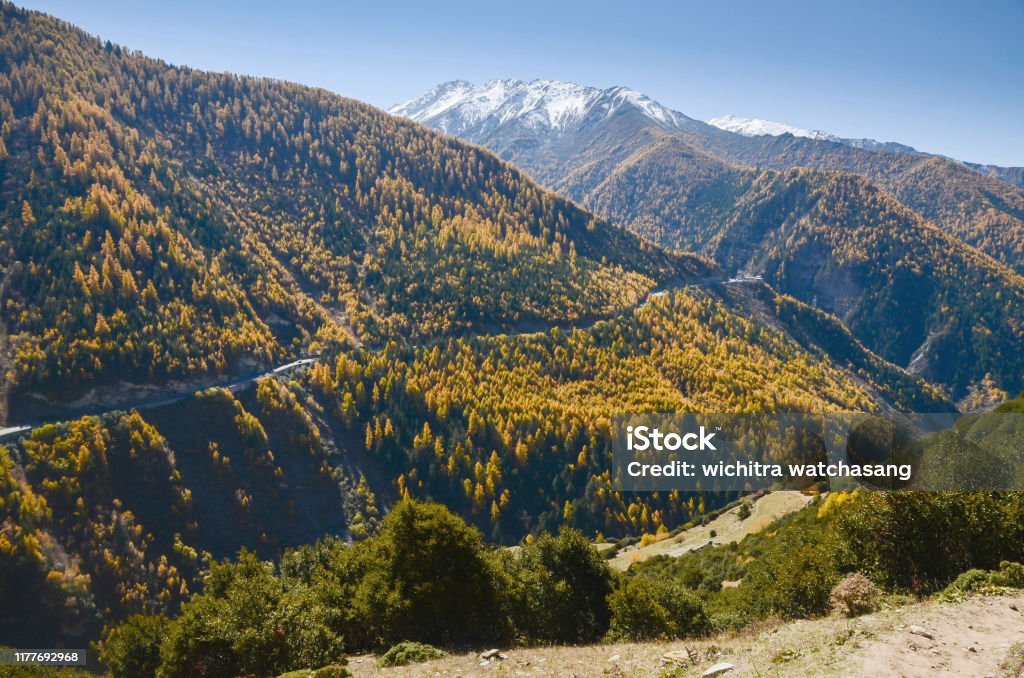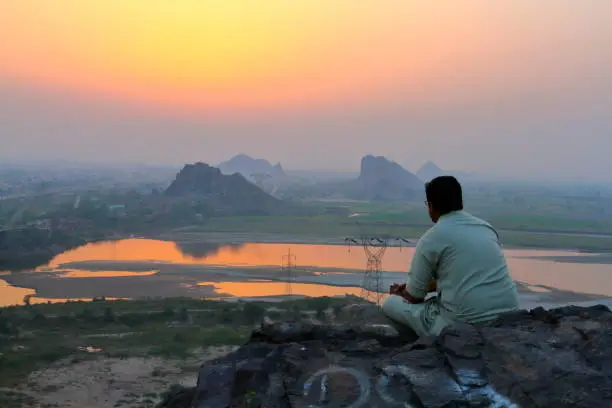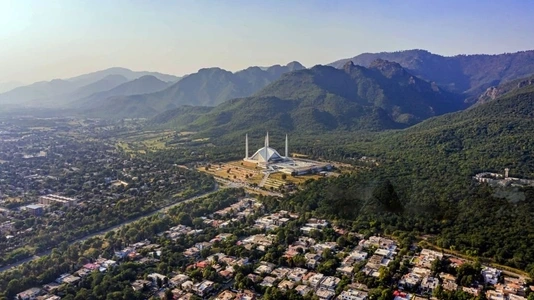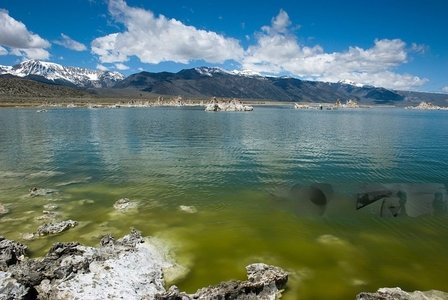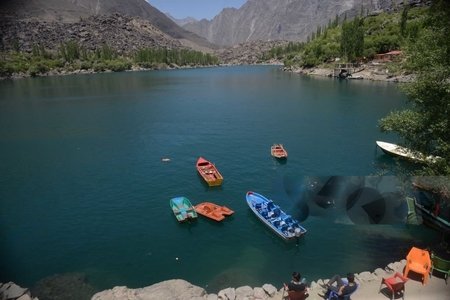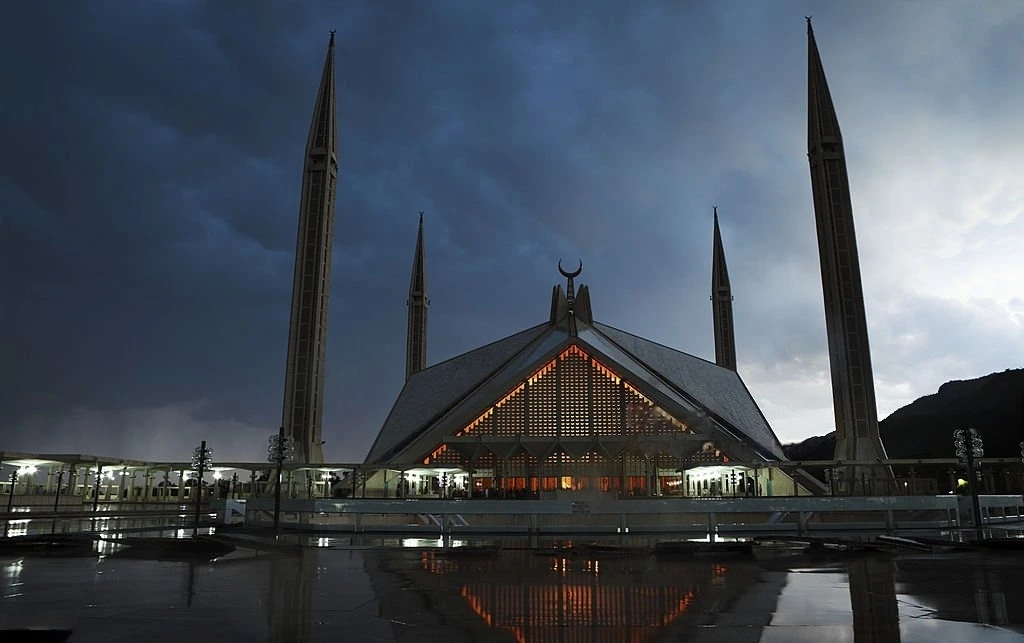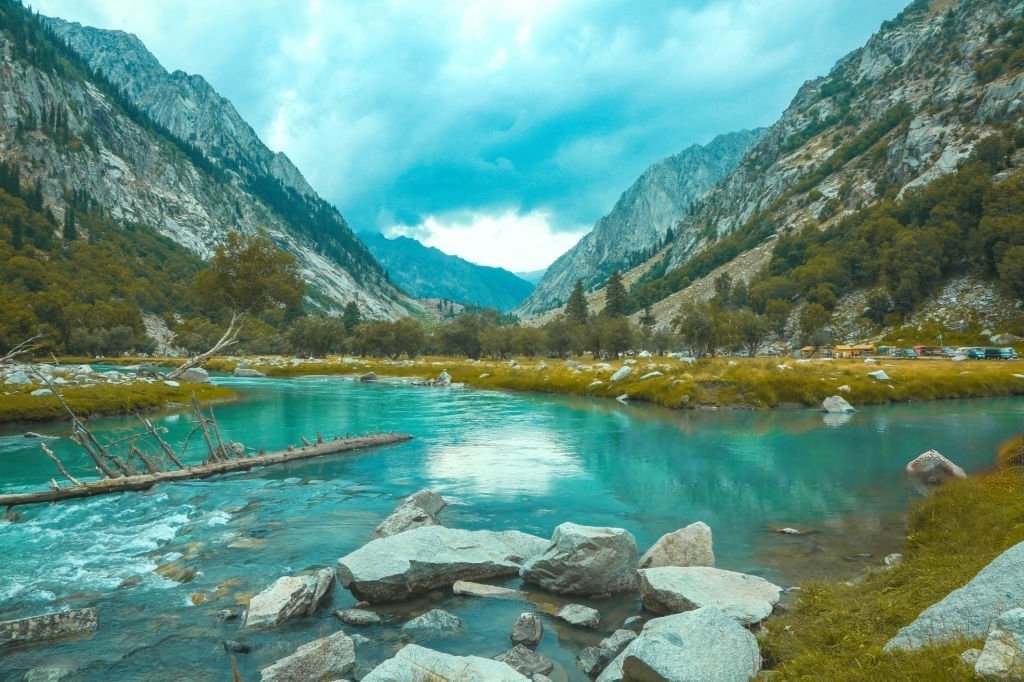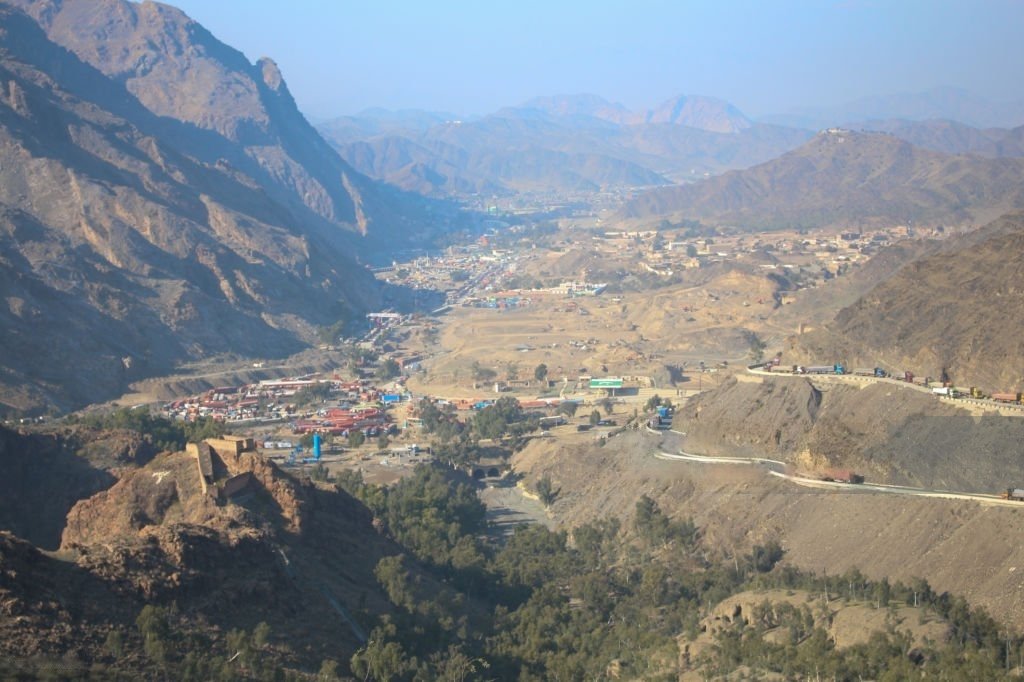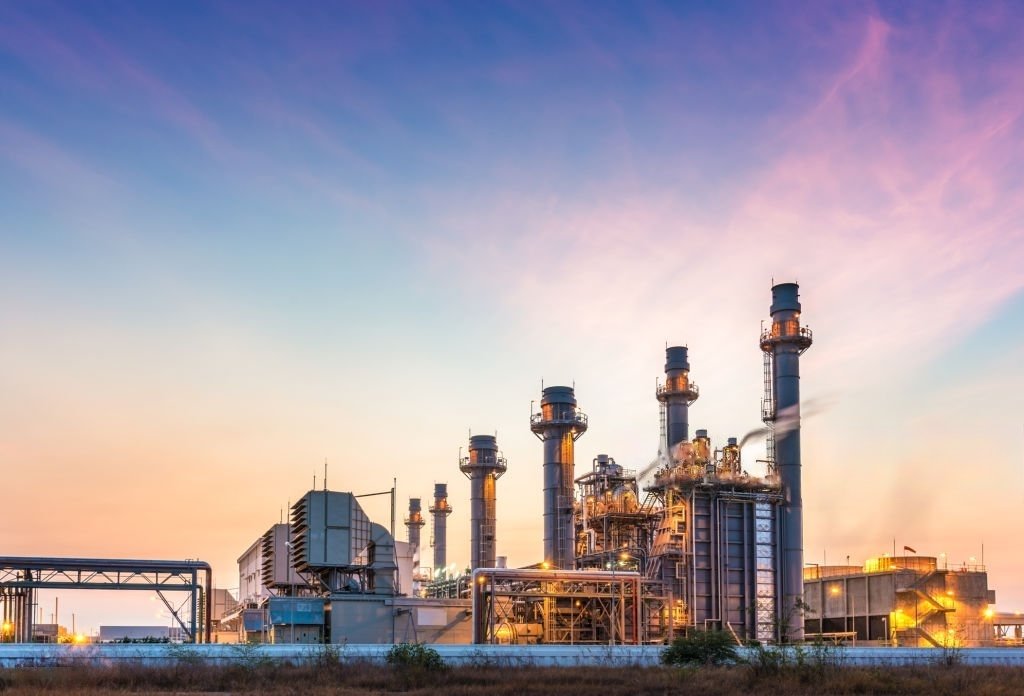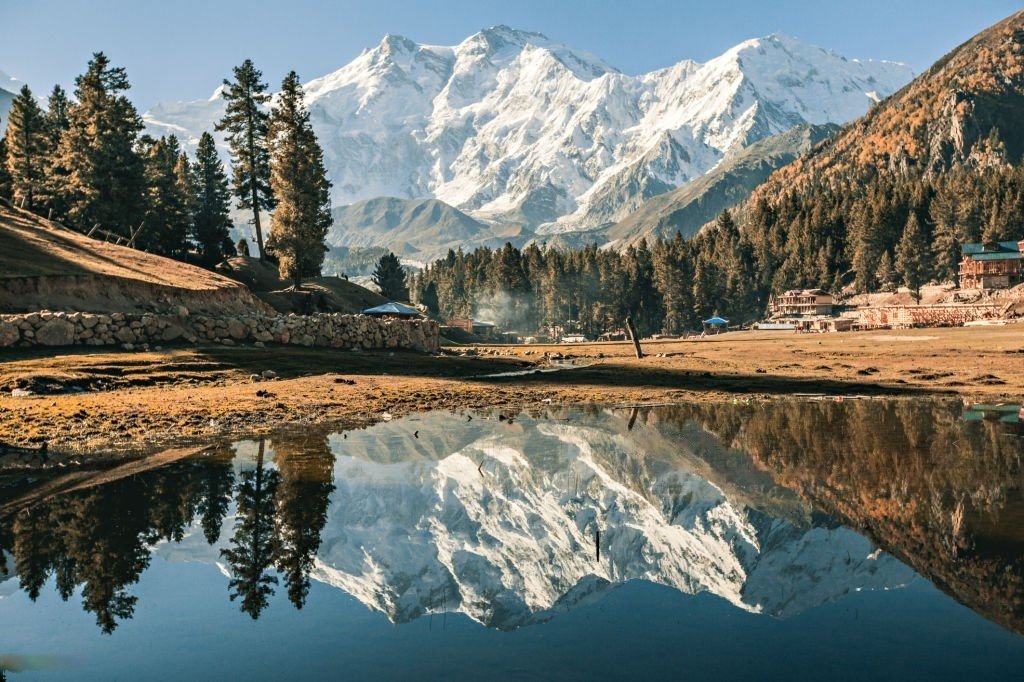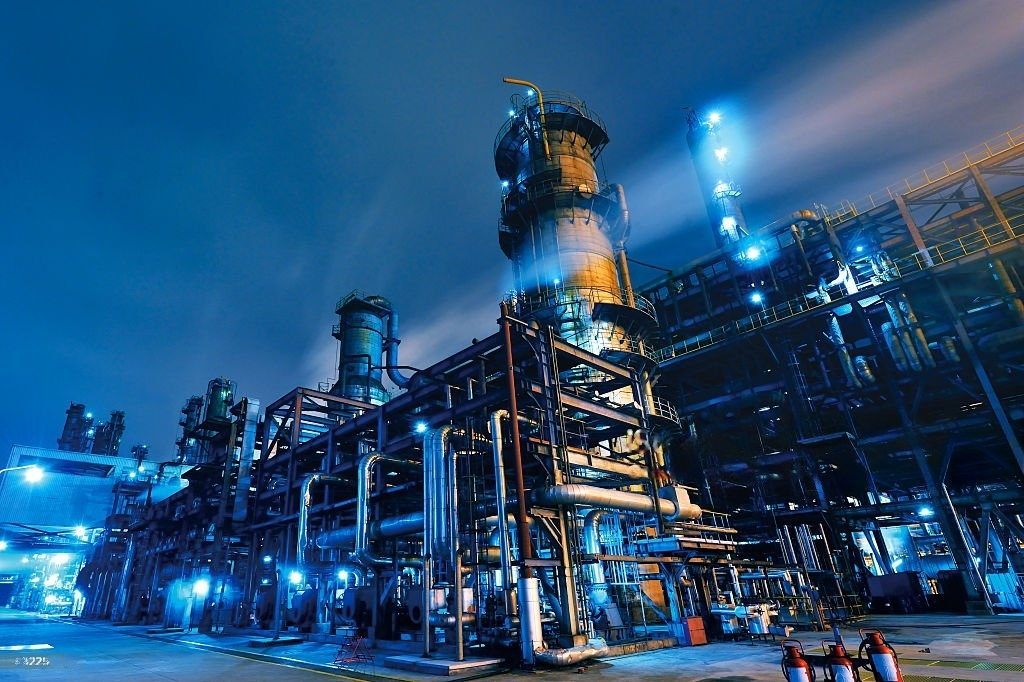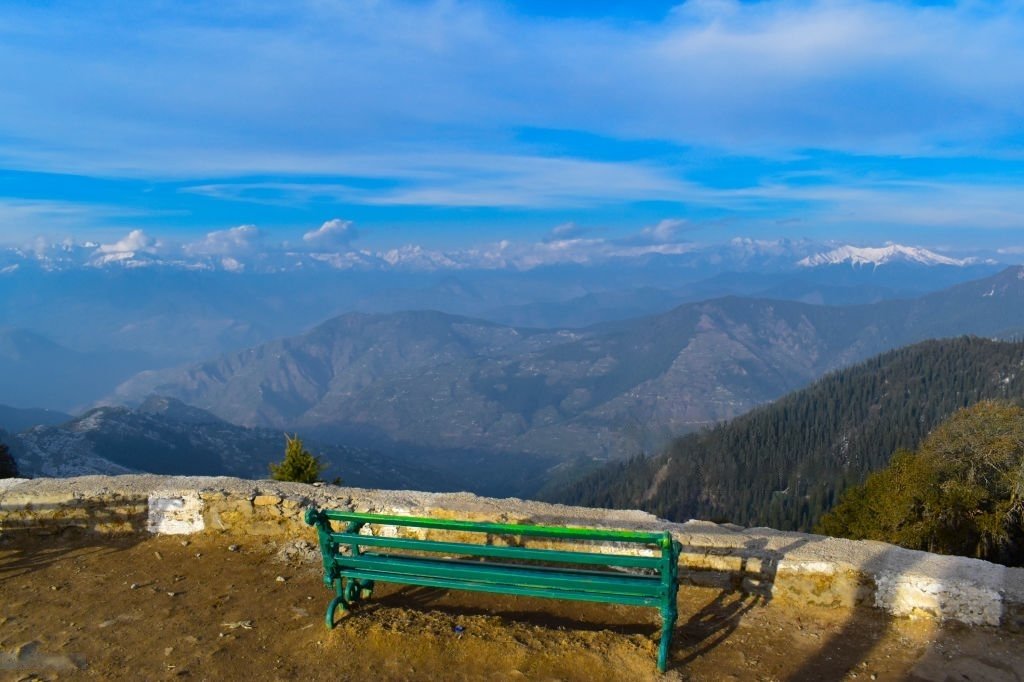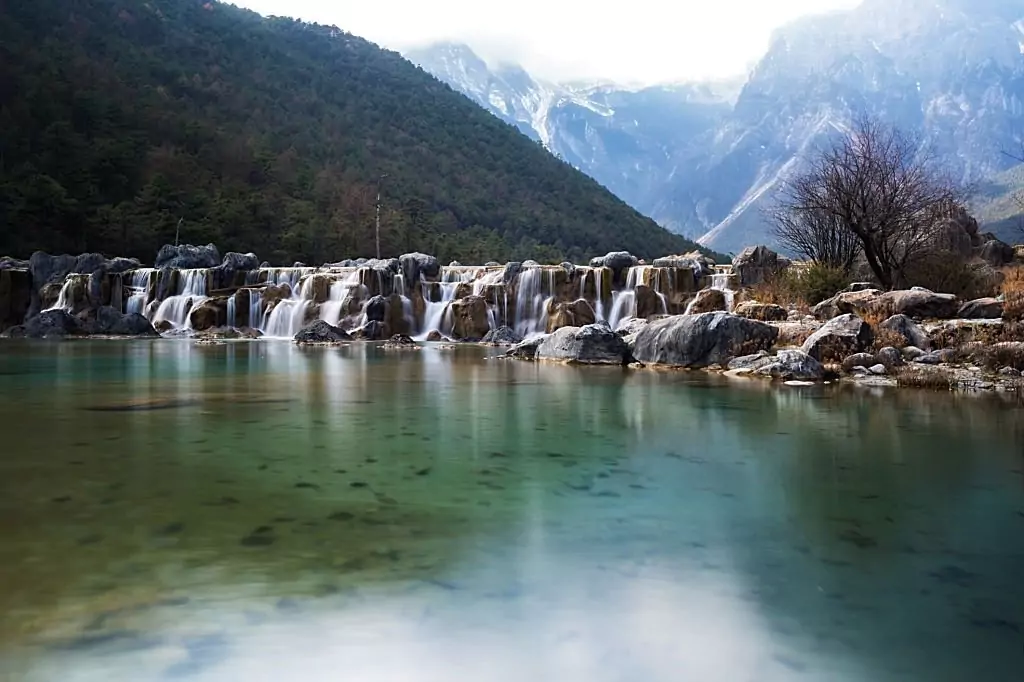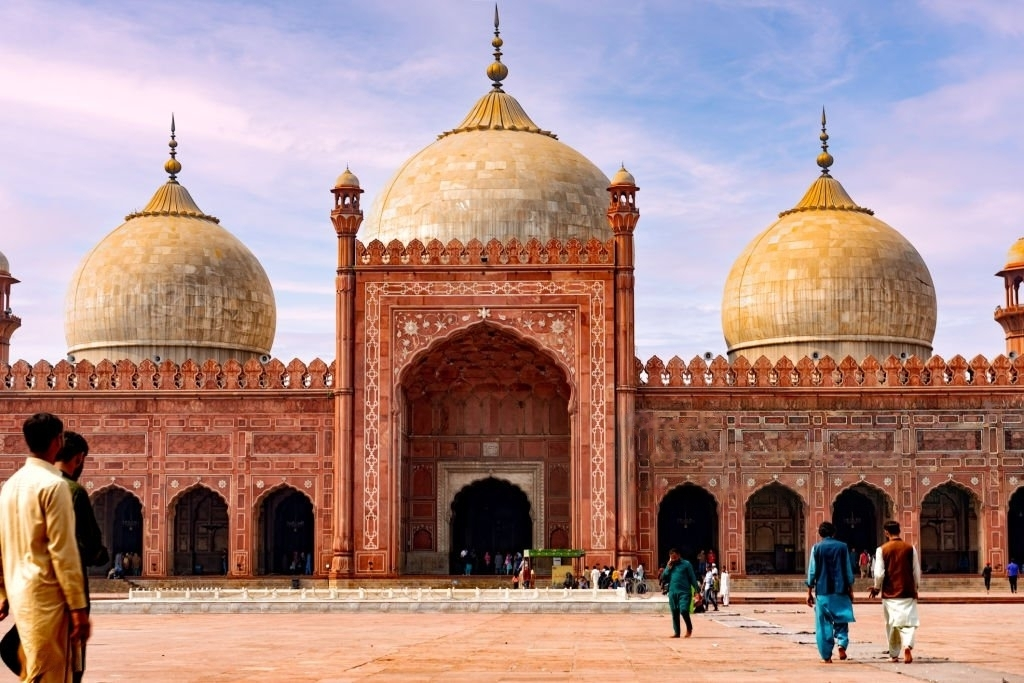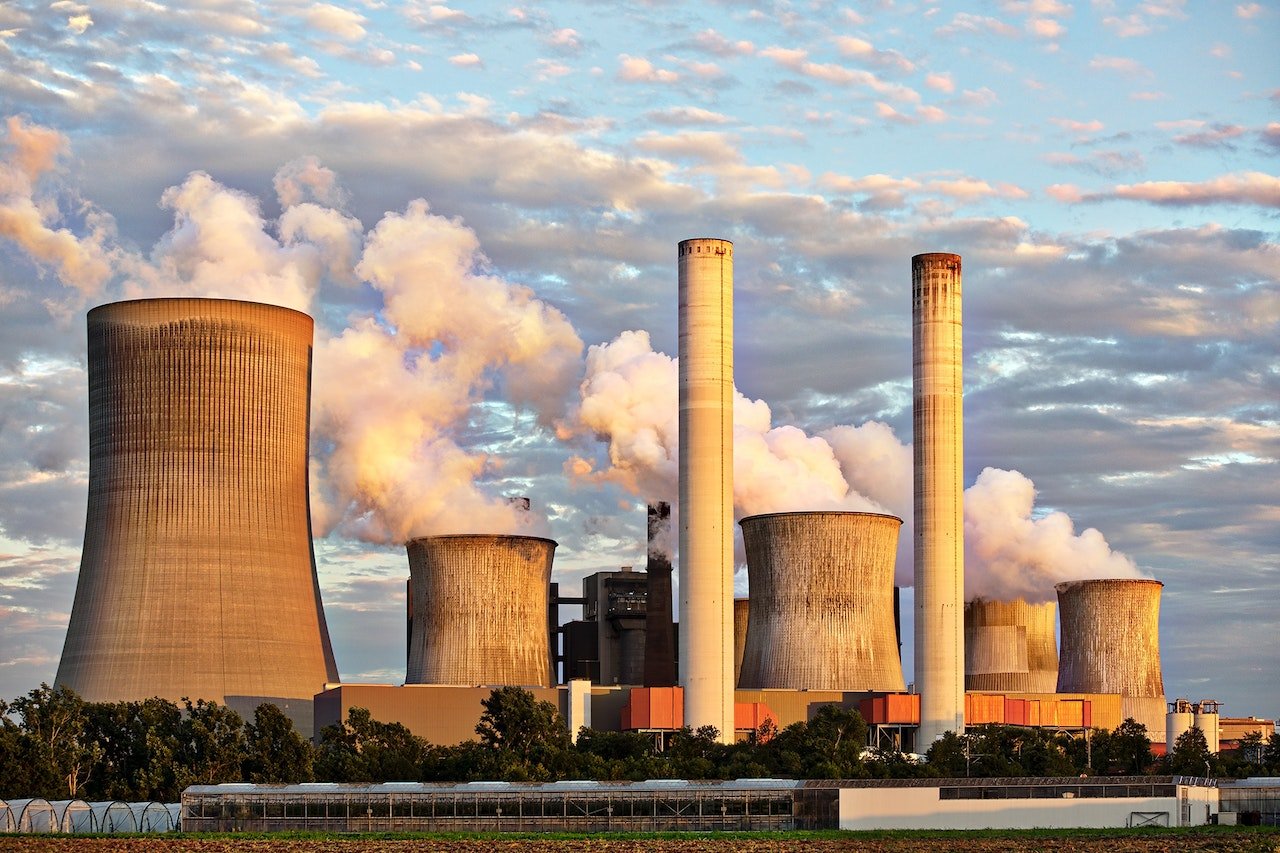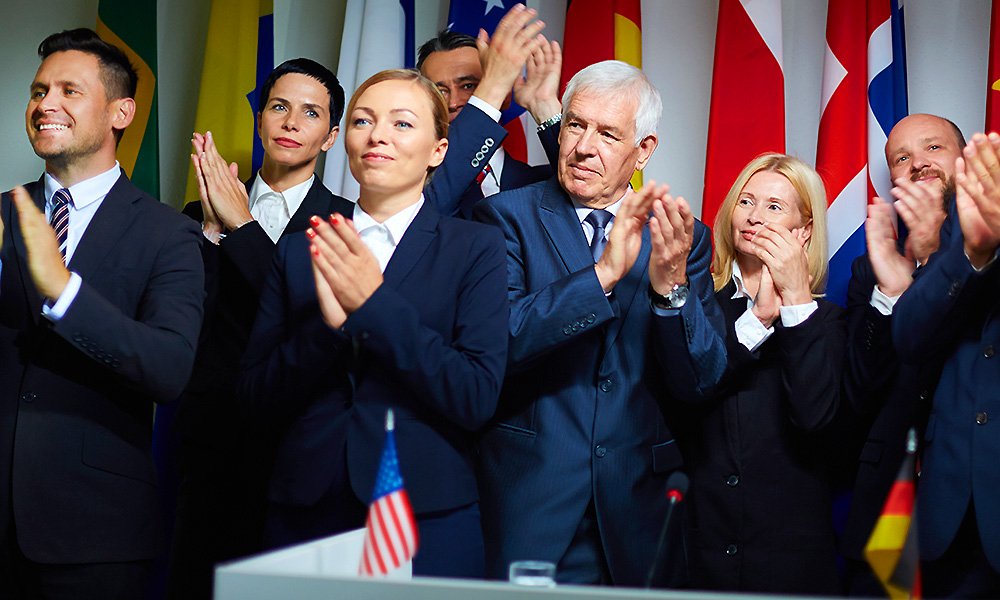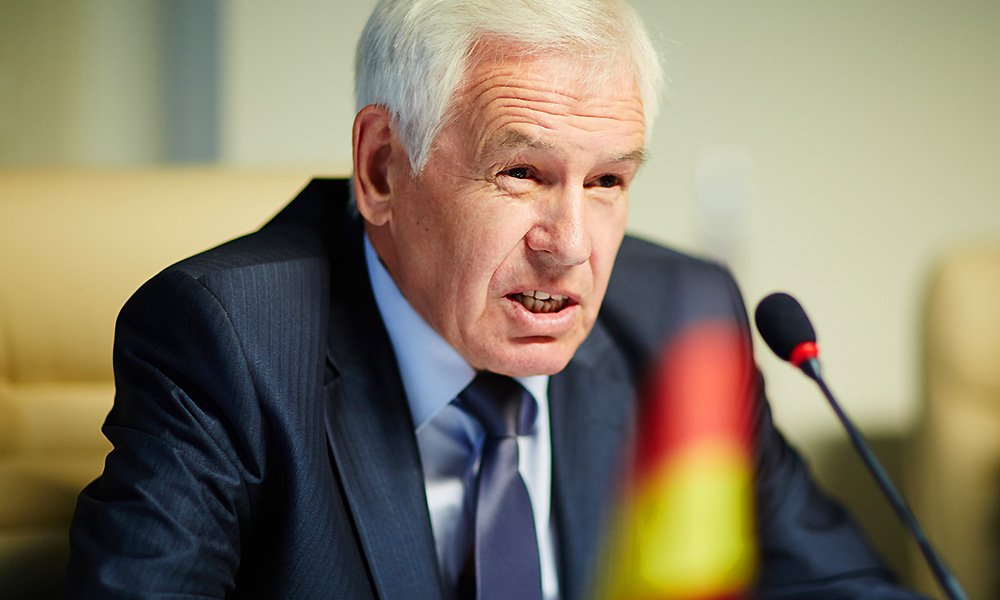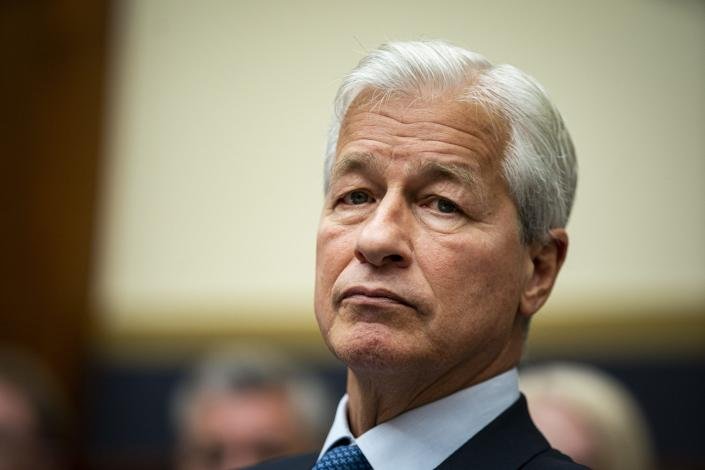The Overall Energy Sector
A country’s economic development depends heavily on the energy sector. Over the past decade, energy demand has grown exponentially. Global economic growth, population growth, and rapid technological advancement are the three main drivers of energy demand.
The first few months of 2022 witnessed a surge in commodity prices due to various factors, including global economic recovery, improved growth prospects, and tensions between Russia and Ukraine. In addition, the COVID-19 pandemic’s economic recovery and unusual weather conditions have led to a significant increase in electricity demand, exceeding 6 percent in 2021, according to the International Energy Agency (IEA). However, this surge in fuel and electricity prices has increased the overall production cost, leading to an increase in the cost of living and reducing households’ purchasing power.
Furthermore, due to the ongoing Russian-Ukraine conflict, the global economy is currently facing higher energy prices. As a result of the war, Russia and Ukraine have been unable to export key commodities. According to World Bank (W.B.) forecasts, the war in Ukraine has triggered the largest commodity shock. Natural gas and oil prices have spiked as a result of this. Furthermore, the world bank report also revealed that energy prices are likely to rise by more than 50% in the near future. This has become a worrying situation at the global level, especially for developing economies where the provision of energy subsidies has become a major challenge due to weak fiscal positions.
Pakistan and the Energy Crisis
Pakistan, like many other developing countries, has been severely affected by the ongoing energy crisis. However, the country’s limited oil production capacity, constrained by technological, technical, and financial challenges, cannot meet the overall demand of the country. This has led to the import of a significant share of crude oil and other related products. According to government reports, almost 50% of Pakistan’s oil imports come from the UAE, and around 34% come from Saudi Arabia. Unfortunately, the latest data indicates that Pakistan’s import bill for oil has increased by 95.9% over the years. This is mainly due to the increased demand, a global surge in oil prices, and the devaluation of Pakistan’s currency.
Pakistan is currently experiencing economic challenges due to the combination of higher global oil prices and significant depreciation of the Pakistani rupee, which is leading to increased costs for importing oil. This, in turn, is putting pressure on Pakistan’s external sector and contributing to a widening trade deficit. As foreign reserves are depleting, it is becoming difficult for Pakistan to meet the high fuel demand of the population, resulting in severe electricity shortages.
As a result, on January 24, Pakistan experienced a wave of darkness as its aging power grid struggled to supply electricity. As a result of devastating natural disasters, a colossal debt load, and the mounting risk of sovereign default, Pakistan’s economy has suffered a series of blackouts. Such blackouts are becoming a daily thing for the people of Pakistan. As per analysts, there has been a dangerous lack of maintenance and investment in the Pakistani electricity grid, which was established prior to Pakistan’s independence in 1947. Additionally, the price of imported fossil fuels that power the grid in Pakistan has skyrocketed since the Russian invasion of Ukraine.
Pakistan is facing a dire financial situation due to a combination of factors. The country’s largest export sector, the textile industry, has suffered an estimated loss of $70 million due to frequent blackouts. At the same time, Pakistan’s national debt has surged to over $200 billion, which is equivalent to around 90 percent of its GDP. Inflation in the country is in double digits, leading to an increase in prices of essential commodities like food and fuel. The rupee has also rapidly devalued due to interest rate hikes by central banks like the U.S. Federal Reserve. Additionally, the country is still reeling from the aftermath of last year’s catastrophic flooding, which caused around $40 billion in damages. All these factors, coupled with a budget deficit exacerbated by government subsidies, have pushed Pakistan to the brink of default.
The economic crisis in Pakistan was further exacerbated on January 24 when a major blackout occurred. The prolonged power outages have had a detrimental impact on the country’s largest export sector, the textile industry, leading to an estimated loss of $70 million. Moreover, the power outages may also affect the agricultural industry, which could result in Pakistan having to import more food. This is a worrying prospect considering the high prices of staple foods such as grain and vegetable oil over the past year. Furthermore, while Pakistan has been a net food importer for the last three decades, its reliance on food imports increased significantly last summer due to floods that destroyed millions of hectares of farmland.
How can Pakistan achieve energy security?
How can Pakistan achieve energy security, and what steps should it take toward that goal? While a clean energy revolution is happening around the world, particularly in Europe, what measures should Pakistan adopt to become more energy-secure?
In order to become an energy-secure country, Pakistan will need to make a lot of effort. For example, Pakistan recently showed interest in importing oil from Russia because Russia has been exporting oil to different countries at a lower cost than the OPEC countries.
However, this is not enough. If the government wants to make Pakistan an energy-secure country, it should take concrete steps. Some of the steps that Pakistan should take or might take include:
-
Research and Development: To improve the energy sector in Pakistan, it is essential to establish appropriate regulations for the operating hours of industries, as is done in other countries. In addition, Pakistan-specific research articles and policy papers with strong implementation strategies should be published by research centers and think tanks, keeping in view the local challenges. Furthermore, consolidating all energy-related institutions under a single ministry can increase efficiency and streamline the sector, addressing its dysfunctionalities.
-
Entrepreneurial Solutions: The government should create a favorable investment climate for the private sector to invest in the energy sector. This will bring in new technologies, expertise, and capital, improving efficiency and increasing capacity. According to some sources, the Pakistan government is planning to fund a “national innovation fund,” which will provide funds to innovative entrepreneurial ideas. This will motivate young entrepreneurs to pitch forward new and innovative ideas.
-
Investing in Renewable Energy Industry: The public sector of Pakistan must make renewable energy a priority. Pakistan should diversify its energy mix by reducing its reliance on fossil fuels and increasing its share of renewable energy sources, such as wind, solar, and hydropower. This will reduce the country’s carbon footprint and make it less vulnerable to fluctuations in global fuel prices. Furthermore, the Government of Pakistan should collaborate with countries that are actively working on renewable energies, such as China. These countries are using advanced technologies to generate renewable energies. Pakistan should collaborate with them to learn about the new technologies and how they can use them. This will also serve as an opportunity to improve bilateral relationships with them.
The importance of energy security cannot be overstated. If Pakistan wants to keep pace with the rest of the world and become a modern and prosperous country, it must become an energy-secure country. To achieve this goal, it is imperative that Pakistan swiftly embraces renewable energy technologies to supplement its energy requirements.



